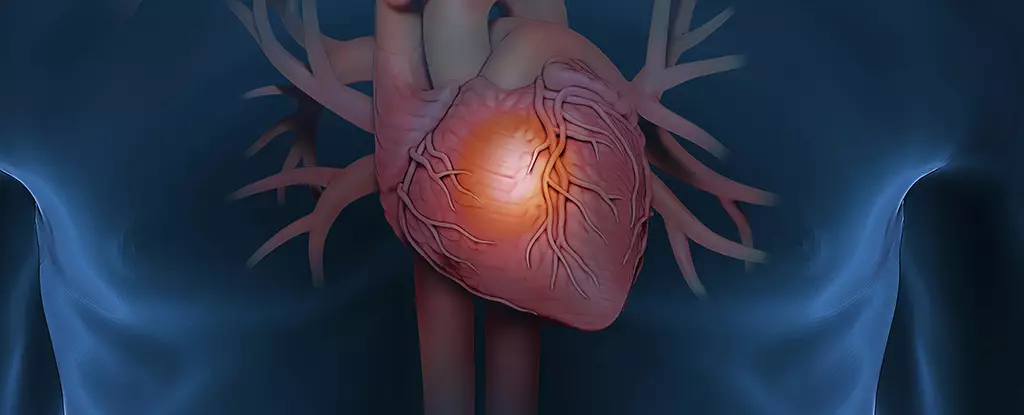Heart failure represents a significant health challenge, affecting millions globally and significantly diminishing quality of life. When the heart struggles to pump blood efficiently, not only does it disrupt bodily functions, but it also heralds a critical need for innovative therapies. Recent research shines light on the latent regenerative capabilities of the human heart, suggesting that with appropriate interventions, recovery could occur more efficiently than previously thought.
In a groundbreaking study conducted by an international team led by molecular biologist Olaf Bergmann from the Karolinska Institute in Sweden, findings indicate that the right therapeutic approach can enhance the self-healing abilities of compromised cardiac tissue. This research may pave the way toward developing less invasive and more effective treatment options that leverage the heart’s inherent regenerative capacity. As we embark on a deeper exploration of these findings, we begin to see the promise of harnessing our own biology for healing.
Among the treatment options for advanced heart failure is the left ventricular assist device (LVAD). This surgically implanted device is designed to aid the heart in pumping blood, acting as a lifeline for patients in dire circumstances. Typically employed in patients waiting for transplants or as a long-term solution, LVADs have shown variable successes: while some patients exhibit substantial recovery, the underlying mechanisms remain elusive.
The implications of this study are significant; the data revealed that while damaged hearts typically regenerate cardiomyocytes—which are the heart’s muscle cells—at an alarming rate considerably lower than that of healthy hearts, the implantation of an LVAD can dramatically change this narrative. Not only do patients experience improved function from the device, but research suggests that cardiomyocyte regeneration can accelerate sixfold post-implantation, hinting at a previously unrecognized ability of the heart under supportive conditions.
To evaluate the regenerative process, the researchers utilized a novel approach inspired by carbon dating, measuring the levels of radioactive carbon (14C) within heart cells. Following the ban on nuclear testing in 1963, atmospheric levels of 14C have systematically decreased, making its presence in cellular structures a valuable indicator of cellular age. The analysis unveiled that the hearts impacted by heart failure regenerated cells at a dismal 18-50 times slower rate compared to those of healthy individuals.
Yet, the swift regenerative abilities witnessed following LVAD implantation prompt further inquiries into the hidden mechanisms of heart repair. The stark difference in regeneration rates signifies a potential breakthrough; it suggests that activated pathways or altered metabolic processes might be at play, enabling the heart to rejuvenate itself under specific conditions.
Despite the encouraging results, it is crucial to acknowledge that researchers remain uncertain about the specific pathways leading to this remarkable enhancement of repair capabilities. If successful elucidation of this phenomenon can be achieved, it may lead to the development of new, more straightforward treatment options aimed at amplifying the heart’s self-healing processes. This would stand in contrast to more complex measures under investigation, such as using stem cells or transplanting cardiomyocytes from other parts of the body.
Scientists are continuously advancing our understanding of heart tissue growth and self-repair mechanisms. This new research builds on that foundation, providing an additional avenue for exploration. Instead of resorting to externally derived treatments, can we not first empower the very organ that is faltering? Such an approach transcends conventional thinking and encourages methods that promote natural regeneration.
The journey to fully understand heart recovery and optimization is undoubtedly rife with challenges. However, the insights from this latest study instill a sense of hope. Rather than conceiving heart recovery as defeat, we should view it as an opportunity—an opportunity to unlock the hidden potentials of our own biology.
Bergmann’s team, acknowledging the complexity of cardiac repair, emphasizes the promise their findings hold for future treatments. As researchers delve deeper into the cellular and molecular landscapes of the heart, we stand at the precipice of exciting advancements that may redefine cardiac health and recovery, ultimately improving the lives of heart failure patients worldwide. Could the next breakthrough in cardiology be rooted in tapping into the heart’s own regenerative potential? Only time and research will tell.

